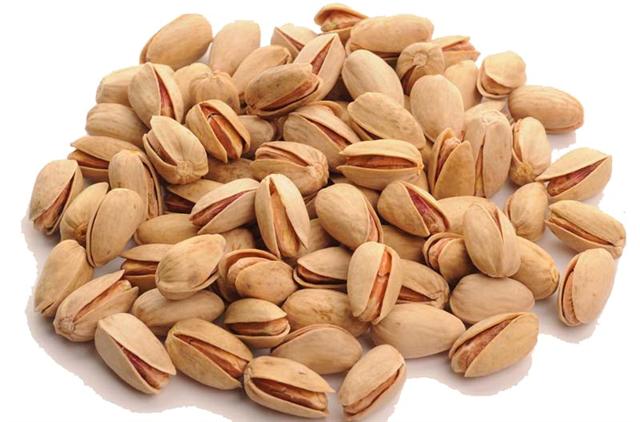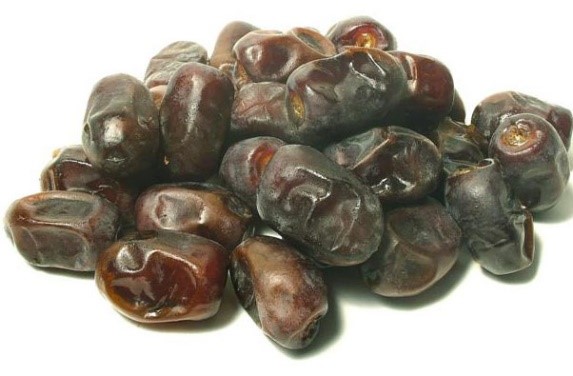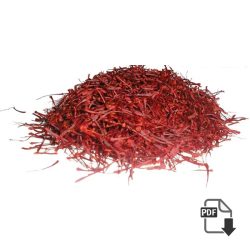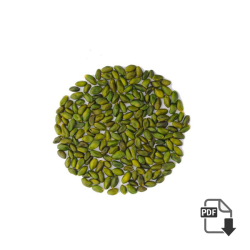Persian Walnut
The Persian Walnut, also known as the Common Walnut or English Walnut, is a species of walnut that is native to the Balkans, in southeast Europe, east through southwest and central Asia, and the Himalayas to southwest China. The largest forests are in Kyrgyzstan,

Persian Mamra Almond ( Badam )
where Persian Walnut trees occur in extensive, nearly pure walnut forests at 1,000-2,000 m altitude – notably at Arslanbob in Jalal-Abad Province. Persian Walnut is a large deciduous tree attaining heights of 25-35 m, and a trunk up to 2 m in diameter, commonly with a short trunk and broad crown, though taller and narrower in dense forest competition. It is a light-demanding species, requiring full sun to grow well.
The bark is smooth silvery-grey, with scattered broad fissures with a rougher texture. Like all walnuts, the pith of the twigs contains air spaces. The leaves are spirally arranged, 25-40 cm long, odd-pinnate with 5-9 leaflets, the largest leaflets the three at the apex, 10-18 cm long and 6-8 cm broad; the basal pair of leaflets much smaller, 5-8 cm long.
The male flowers are in drooping catkins 5-10 cm long, the female flowers terminal, in clusters of two to five, ripening in the autumn into a fruit with a green, semi-fleshy husk and a brown corrugated nut. The whole fruit, including the husk, falls in autumn; the seed is large, with a relatively thin shell, and edible, with a rich flavor.
All Type Of Walnuts
-
Walnut kernel Special wholesale price + analysis + sale offer
Iranian walnut kernel are divided into three grades according to the size, fat contain, color and halves.










 3 kind raisin
3 kind raisin 


